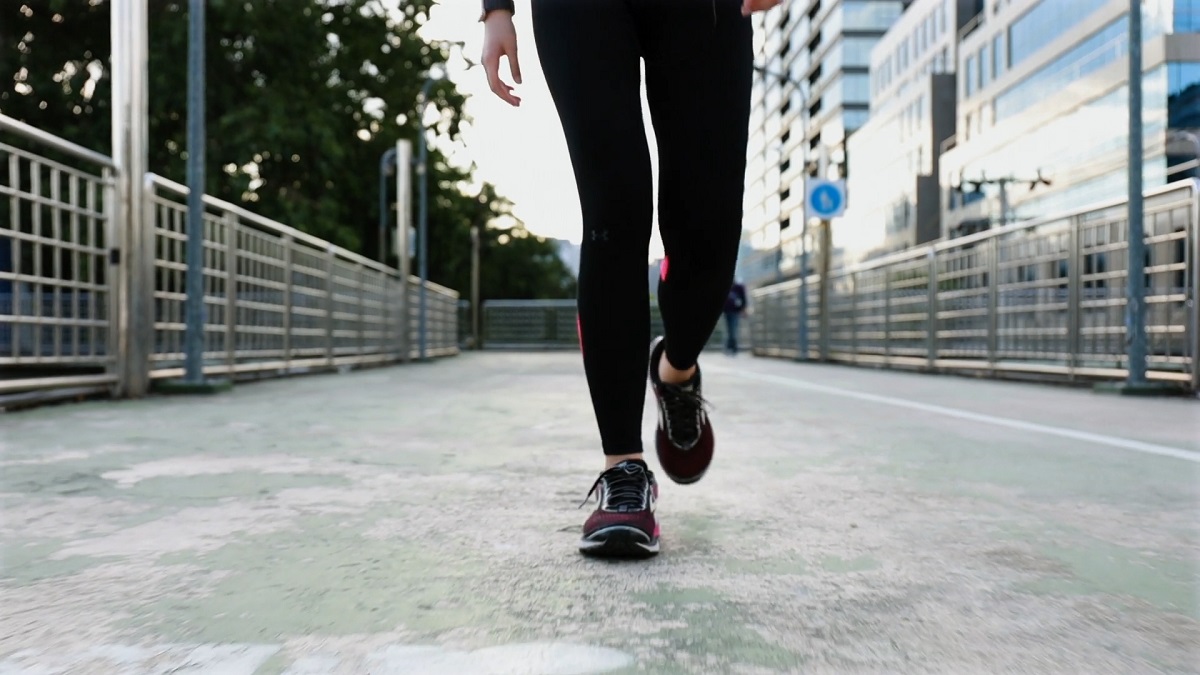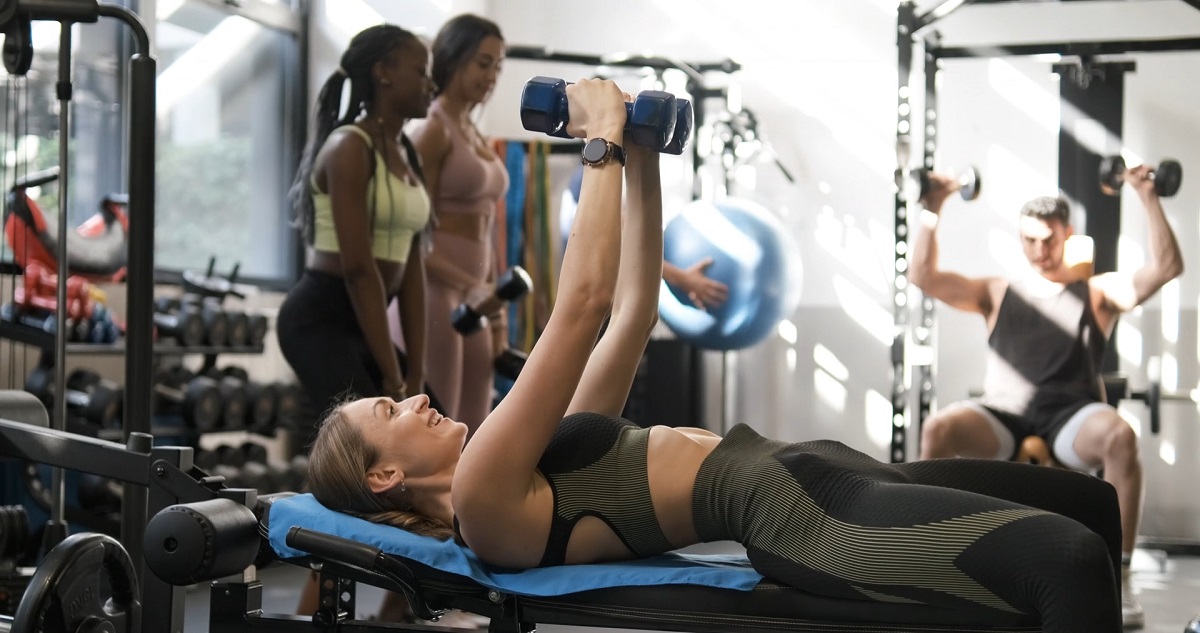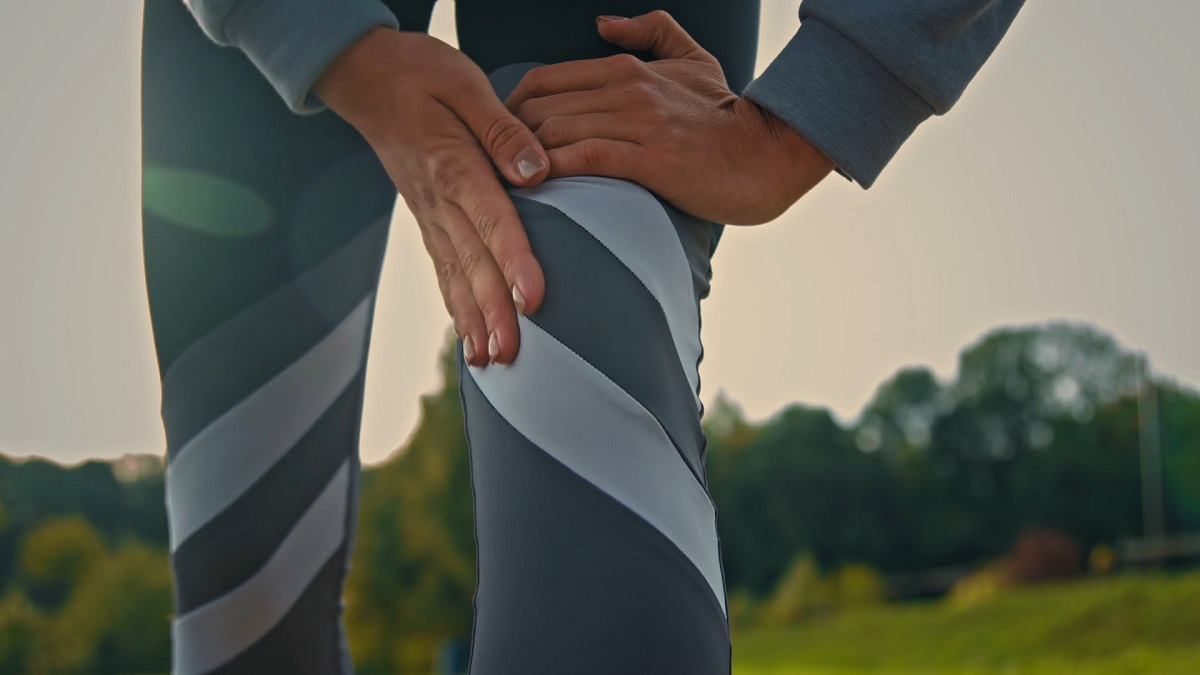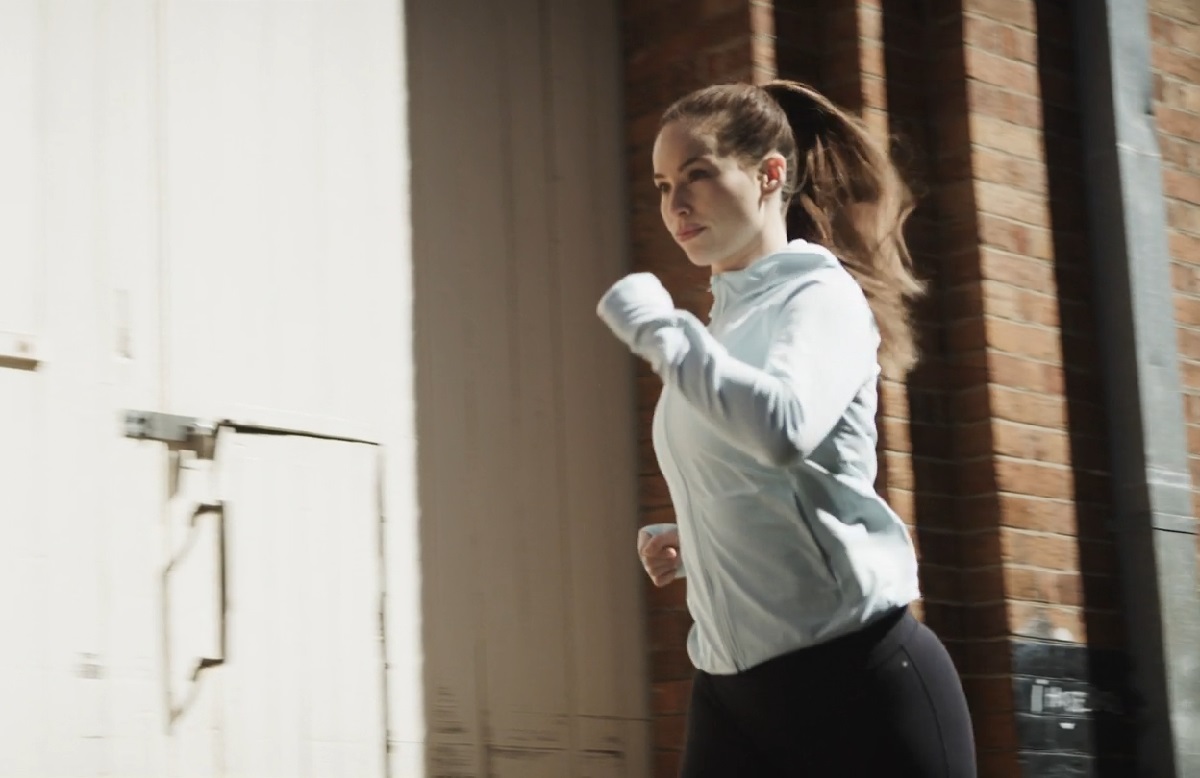Getting
older
makes
staying
active
even
more
important.
But
choosing
the
right
type
of
exercise
can
feel
confusing.
Some
say
cardio,
like
walking
and
cycling,
is
best.
Others
believe
strength
training,
like
lifting
weights,
is
the
key
to
staying
strong.
Both
have
benefits,
but
which
one
really
matters
more?
Finding
the
right
workout
gets
even
trickier
for
people
dealing
with
joint
pain.
Exercise
for
knee
arthritis
must
be
gentle
yet
effective,
making
low-impact
cardio
and
muscle-strengthening
movements
great
options.
But
does
one
help
more
than
the
other?
This
article
breaks
down
the
science
behind
both
types
of
exercise.
Learn
how
each
affects
heart
health,
aging,
and
overall
fitness.
Discover
how
to
build
a
routine
that
keeps
you
strong,
active,
and
feeling
your
best
for
years
to
come.
Cardio
Keeps
Your
Heart
Strong
Cardio
workouts,
like
walking,
swimming,
and
cycling,
keep
your
heart
in
top
shape.
A
strong
heart
pumps
blood
better,
lowering
the
risk
of
heart
attacks
and
strokes.
Research
shows
that
even
short
cardio
sessions
help
improve
heart
health,
reduce
blood
pressure,
and
boost
endurance.
How
Cardio
Protects
Your
Heart
-
Improves
blood
flow,
lowering
the
risk
of
clogged
arteries -
Strengthens
the
heart,
making
it
work
more
efficiently -
Lowers
bad
cholesterol
and
increases
good
cholesterol -
Helps
control
blood
sugar,
reducing
the
risk
of
diabetes
Best
Cardio
for
Aging
Bodies

The
best
cardio
workouts
for
healthy
aging|Image
source:
Artlist.io
-
Walking
–
Easy,
free,
and
good
for
joints -
Swimming
–
Works
the
whole
body
without
stressing
knees -
Cycling
–
Builds
endurance
and
is
easy
on
joints -
Dancing
–
Fun
way
to
move
and
boost
heart
health
Doctors
recommend
at
least
150
minutes
of
moderate
cardio
each
week.
That
could
be
a
30-minute
walk,
five
days
a
week.
Even
small
steps
make
a
big
difference.
Strength
Training
Helps
You
Stay
Independent
Losing
muscle
makes
daily
tasks
harder.
Strength
training
builds
muscle,
keeping
you
strong
enough
to
carry
groceries,
climb
stairs,
and
stay
independent.
Studies
show
that
lifting
weights
just
twice
a
week
can
prevent
muscle
loss
and
improve
balance.
Why
Strength
Matters
as
You
Age

Why
strength
is
key
as
you
get
older|Image
source:
Artlist.io
-
Prevents
falls
by
improving
balance
and
coordination -
Builds
muscle
to
protect
bones
and
joints -
Helps
maintain
a
healthy
weight
by
burning
calories -
Improves
posture,
reducing
back
and
joint
pain
Easy
Strength
Exercises
for
Beginners
-
Bodyweight
Squats
–
Strengthens
legs
and
helps
with
balance -
Chair
Stands
–
Builds
leg
strength
for
easier
movement -
Wall
Push-Ups
–
Works
arms
and
chest
without
floor
strain -
Resistance
Bands
–
Low-impact
way
to
strengthen
muscles
Start
with
two
sessions
per
week,
focusing
on
full-body
movements.
Strength
training
does
not
mean
lifting
heavy
weights.
Simple
exercises
using
body
weight
or
resistance
bands
work
just
as
well.
Can
Cardio
or
Strength
Training
Slow
Aging?
Aging
weakens
muscles,
slows
metabolism,
and
shortens
telomeres
(the
protective
ends
of
DNA).
Exercise
helps
fight
all
of
that.
Cardio
and
strength
training
work
in
different
ways,
but
both
slow
aging
at
a
cellular
level.
A
study
in
the
European
Heart
Journal
found
cardio
exercise
increases
telomerase
activity,
helping
protect
cells
from
aging.
Another
study
showed
strength
training
lowers
inflammation
and
keeps
muscles
from
breaking
down
over
time.
Which
One
Works
Better?
-
Cardio
–
Boosts
circulation,
protecting
heart
and
brain
cells -
Strength
Training
–
Keeps
muscles
strong,
preventing
weakness -
Best
Approach
–
A
mix
of
both
for
full-body
benefits
Experts
say
combining
cardio
and
strength
training
is
the
best
way
to
stay
younger
longer.
Both
types
of
exercise
keep
your
body
and
mind
sharp
as
you
age.
What
If
You
Have
Knee
Pain?
Bad
knees
do
not
mean
you
should
stop
moving.
Avoiding
exercise
makes
joints
weaker,
leading
to
even
more
pain.
The
right
exercises
strengthen
muscles
around
the
knee,
reducing
stress
and
improving
mobility.
Best
Cardio
for
Knee
Pain

The
best
cardio
workouts
for
bad
knees|Image
source:
Artlist.io
-
Swimming
–
Water
supports
the
body,
removing
pressure
from
joints -
Cycling
–
Builds
leg
strength
with
minimal
impact -
Walking
–
Stick
to
soft
surfaces
like
grass
or
a
treadmill
Strength
training
also
helps.
Weak
leg
muscles
make
knee
pain
worse.
Squats,
lunges,
and
leg
lifts—when
done
correctly—improve
support
and
reduce
strain.
Resistance
bands
allow
for
controlled
movements
that
strengthen
without
impact.
Pain
does
not
mean
stop.
It
means
modify.
Choose
low-impact
movements
and
focus
on
consistency.
How
Much
Exercise
Do
You
Really
Need?
The
right
amount
of
exercise
is
not
as
much
as
most
people
think.
You
do
not
need
hours
at
the
gym
to
stay
healthy.
Basic
Guidelines

How
much
exercise
do
you
really
need?|Image
source:
Artlist.io
-
150–300
minutes
of
moderate
cardio
per
week
(30
minutes,
five
days
a
week) -
Two
strength
training
sessions
per
week -
Daily
movement
–
Even
short
walks
and
light
stretching
matter
If
30
minutes
feels
like
too
much,
break
it
up.
Three
10-minute
walks
a
day
still
count.
Short,
consistent
workouts
are
better
than
long,
exhausting
ones.
The
key
is
making
movement
a
habit,
not
a
chore.
Best
Exercises
to
Try
Today
Some
workouts
are
better
than
others,
but
the
best
exercise
is
the
one
you
will
actually
do.
A
mix
of
cardio
and
strength
training
gives
the
most
benefits.
Cardio
That
Works
-
Walking
–
Simple,
free,
and
easy
on
joints -
Swimming
–
Great
full-body
workout
with
no
impact -
Cycling
–
Builds
endurance
and
leg
strength
Strength
Exercises
That
Matter
-
Squats
–
Strengthens
legs
for
easier
movement -
Push-ups
–
Builds
upper
body
and
core -
Resistance
Bands
–
Safe,
effective
way
to
build
strength
No
gym?
No
problem.
Use
body
weight,
household
items,
or
resistance
bands.
The
goal
is
not
to
lift
heavy—it
is
to
stay
strong
and
independent.
FAQs
Does
stretching
help
with
aging
muscles?
Yes,
stretching
keeps
muscles
flexible
and
reduces
stiffness,
which
becomes
a
bigger
issue
as
you
age.
It
also
helps
prevent
injuries
and
improves
posture.
Adding
dynamic
stretching
before
workouts
and
static
stretching
after
can
keep
joints
and
muscles
in
better
shape.
Is
it
bad
to
exercise
every
day?
Not
at
all,
but
balance
is
key.
Intense
workouts
every
day
can
lead
to
overuse
injuries.
A
mix
of
cardio,
strength
training,
and
active
recovery
(like
stretching
or
walking)
is
the
best
approach.
Listen
to
your
body—soreness
is
fine,
but
pain
is
a
sign
to
take
a
break.
What
role
does
diet
play
in
exercise
results?
Exercise
is
important,
but
without
proper
nutrition,
results
suffer.
Protein
helps
rebuild
muscle,
carbs
fuel
workouts,
and
healthy
fats
support
recovery.
Staying
hydrated
also
prevents
cramps
and
fatigue.
For
the
best
results,
pair
workouts
with
balanced
meals.
Can
lifting
weights
make
me
too
bulky?
No.
Muscle
growth
happens
slowly,
especially
in
older
adults.
Strength
training
tones
muscles,
improves
definition,
and
boosts
metabolism,
but
it
does
not
cause
extreme
muscle
growth
unless
combined
with
intense
training
and
a
high-calorie
diet.
Does
sleep
affect
exercise
performance?
Yes.
Poor
sleep
leads
to
slower
recovery,
lower
energy,
and
weaker
performance.
Muscles
repair
themselves
during
sleep,
and
hormones
that
support
strength
and
endurance
are
released
at
night.
Aim
for
at
least
7–9
hours
to
stay
energized
and
see
better
results.
The
Bottom
Line
For
the
best
results,
do
both.
Walk,
bike,
or
swim
for
heart
health.
Lift
weights,
use
resistance
bands,
or
do
bodyweight
exercises
to
stay
strong.
Mix
it
up,
stay
consistent,
and
focus
on
movement
every
day.
The
goal
is
not
just
to
live
longer
but
to
live
better.